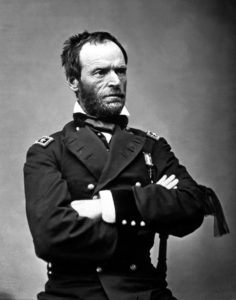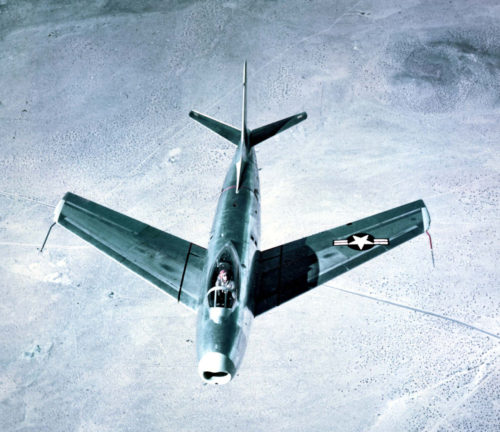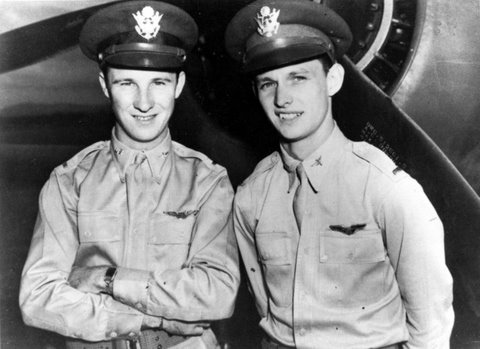April 26 in U.S. military history
1777: 16-year-old Sybil Ludington – “the female Paul Revere” – begins her 40-mile, all-night ride across an isolated circuit of New York–Connecticut backcountry, warning villagers of a British attack on nearby Danbury, Connecticut.

1865: After three days of negotiations with Union Maj. Gen. William Sherman, Gen. Joseph Johnson surrenders the Army of Tennessee, along with the remaining Confederates in the Carolinas, Georgia, and Florida – nearly 90,000 troops – to Union Maj. Gen. William Sherman in the largest surrender of the war. Sherman supplies the Confederate soldiers with rations and orders food to be distributed to Southerners, in stark contrast to his “scorched earth” campaign.
That same day, Union cavalry troopers track down John Wilkes Booth – Pres. Abraham Lincoln’s assassin – at a tobacco barn in Virginia. 12 days after shooting the president, the fugitive is himself shot and killed.
1945: Eighth Air Force fighter pilots raid over 40 Luftwaffe installations, destroying an astounding 747 enemy aircraft in just one day.
1948: Test pilot and World War II ace George Welch puts his North American XP-86 Saber jet into a dive and breaks the sound barrier – marking the first supersonic flight of a fighter aircraft.
An Army Air Corps pilot with 16 victories during World War II, Welch (featured image, right) is one of only two airmen able to get airborne and engage Japanese aircraft during the attack on Pearl Harbor. He was recommended for the Medal of Honor for his actions on December 7th, but having taken off without orders, he only receives the Distinguished Flying Cross.

Later serving as an instructor and test pilot for North American during the Korean War, he reportedly shot down several MiG-15 aircraft, but again did so against orders, so he did not receive credit for the kills. Welch will perish in a crash while performing tests on the F-100 in 1954.
1952: While performing night carrier operations off the coast of Newfoundland, the minesweeper USS Hobson (DD-464) collides with the aircraft carrier USS Wasp (CV-18). The minesweeper breaks in half and within five minutes, 176 sailors perish in one of the Navy’s largest non-combat losses of life at sea.
1966: While escorting a flight of F-105 Thunderchiefs on a bombing mission near Hanoi, an F-4C Phantom flown by Maj. Paul J. Gilmore and 1st Lt. William T. Smith shoots down an enemy MiG-21 with Sidewinder missiles. The Soviet Union’s newest fighter had only been in North Vietnam a few days before Air Force pilots scored their first kill on the “Fishbed.”
1971: A Cessna O-2 Skymaster forward air controller plane is shot down by an enemy surface-to-air missile over the heavily defended Ban Kari Pass, marking the first U.S. aircraft lost over Laos.
